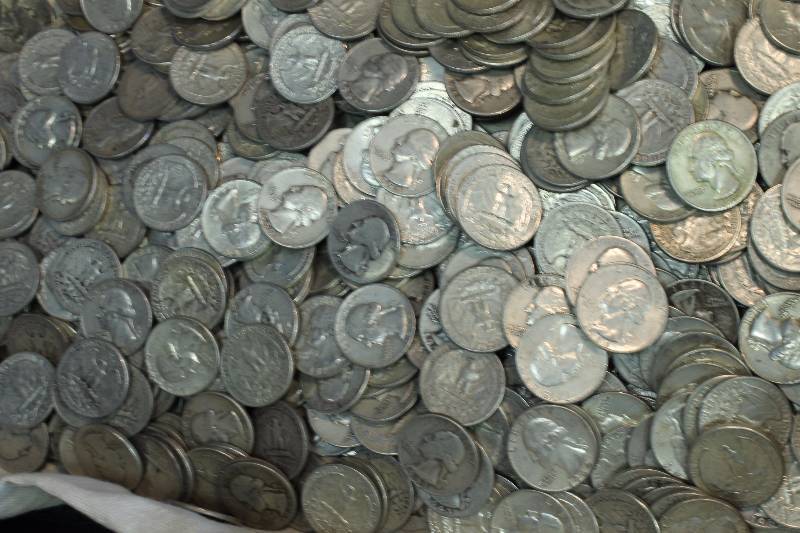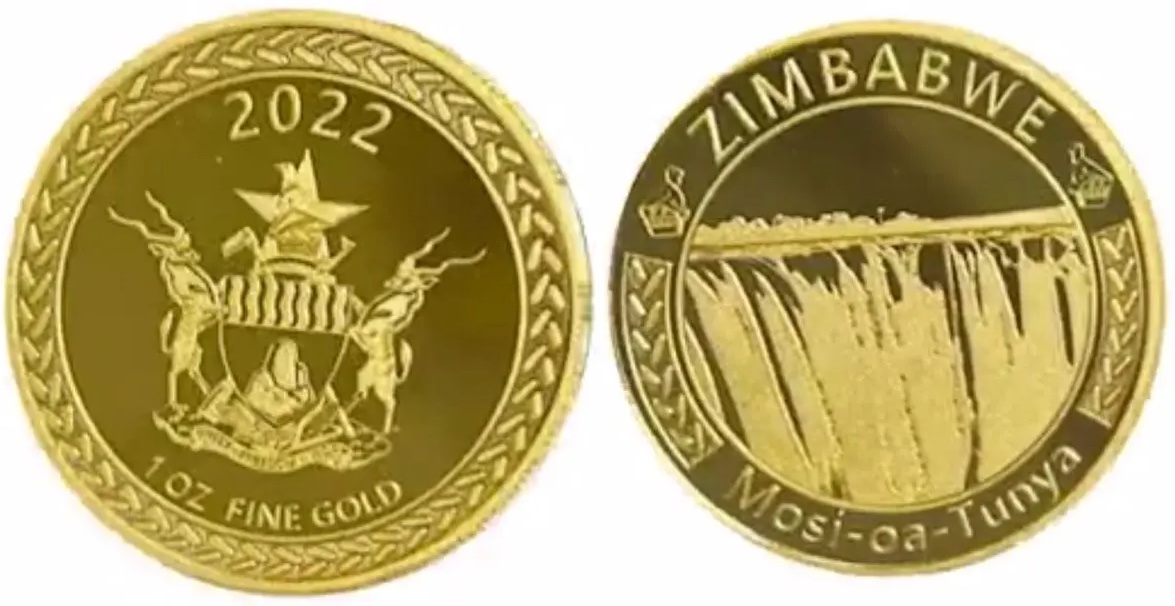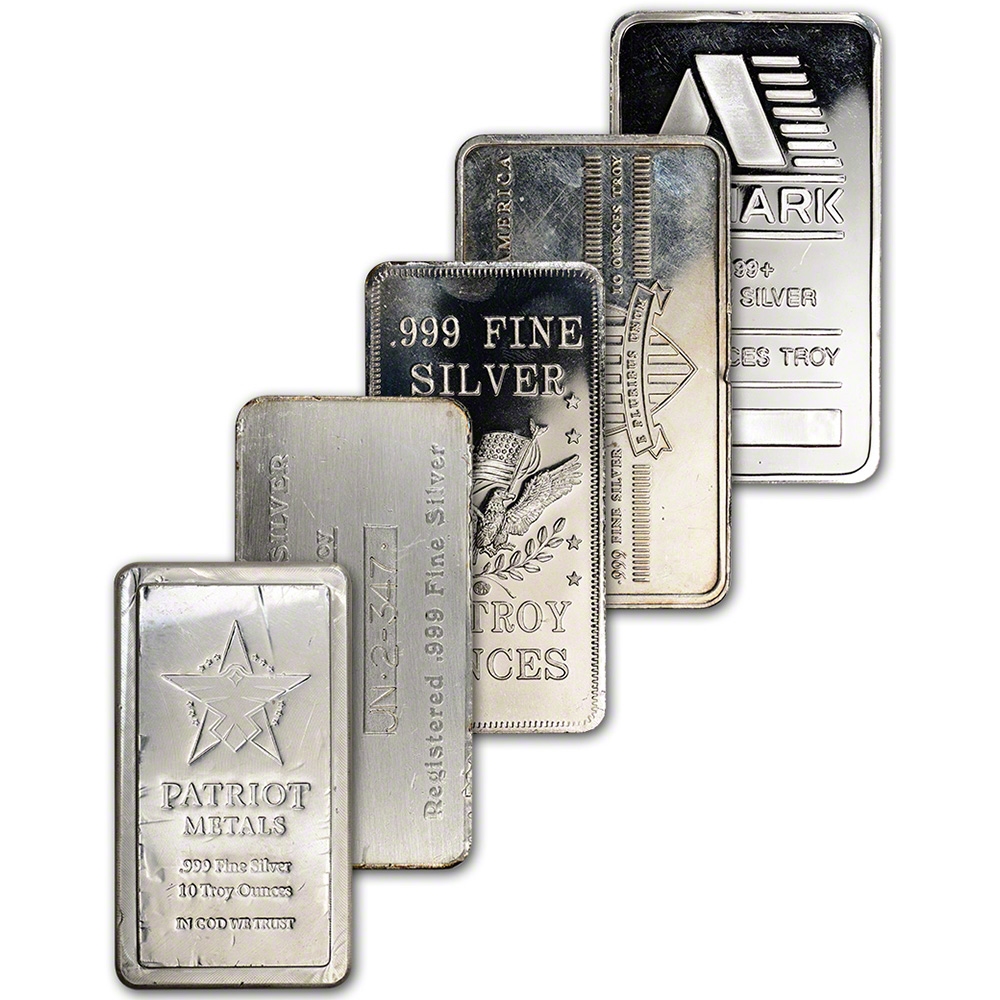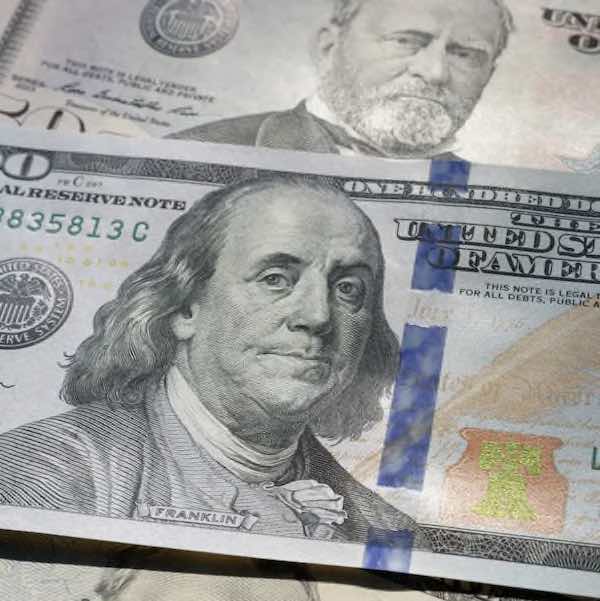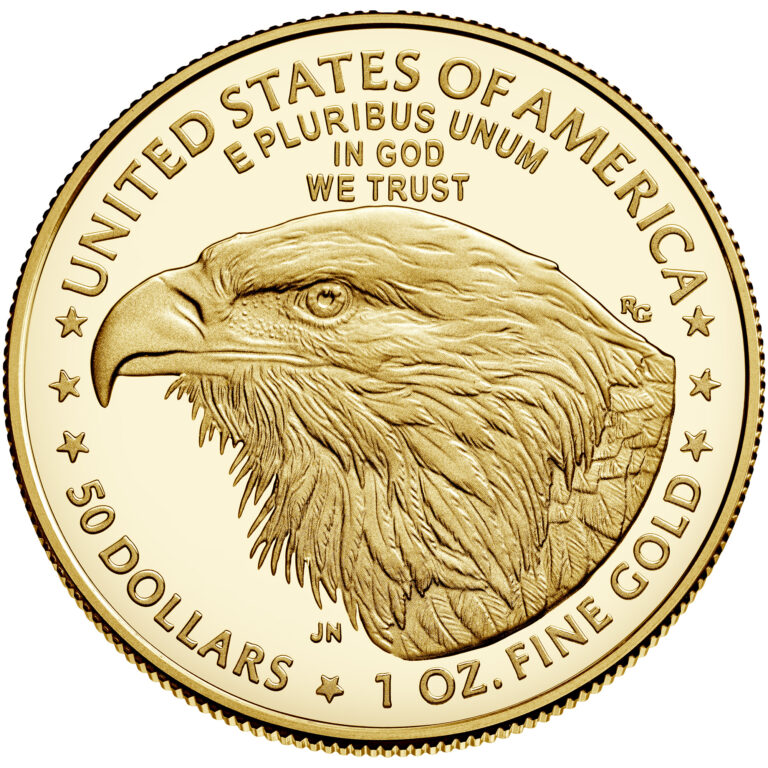Top CEO’s of major global companies including JP Morgan, FedEx and others are sounding alarm bells as a warning to investors and shareholders of the tsunami of financial woes ahead.
Shares of FedEx sunk more than 20% following an announcement to expect lower earnings combined with a bleak forecast of a softening of global shipping volume.
During a recent CNBC appearance, FedEx CEO Raj Subramaniam warned that the global economy may be entering into a worldwide recession.
A similar message came this week from the World Bank discussing some of the risks of a global recession occurring in 2023 with suggestions for policy changes to assist Central Banks.
CEOs, economists and bankers continue focusing on infinitesimal changes to key interest rates and macro-level KPIs to determine the direction of the economy while many have already been facing economic hardship brought on by the pandemic lockdowns, job losses and the failed economic policies of the myriad of career politicians in Washington, D.C.
Many hardworking Americans already live paycheck to paycheck. And many are already struggling with with inflation and huge increases in the price of groceries and gas.
With more than 42% of Americans having less than $1,000 in savings and another 10% with no savings at all, more than half of all households are at serious risk of facing significant financial hardship in the event of a job loss.
Across many metropolitan areas have risen drastically in recent years and recent reports from the Fed show the level of total household debt has reached more than $16 trillion, with sharp increases in mortgage, auto loans, and credit card balances.
Prepare For Financial Hardship with Silver Bars
In 1929, the key interest rate from the Federal Reserve was lowered to 6% in a failed attempt to boost the economy.
While the recent decade is in some ways reflective of what occurred leading up to the Great Depression, today’s circumstances have even the illustrious leader of JP Morgan Chase, Jamie Dimon, making starker suggestions that there’s potential for something worse than a recession coming, leading some media to suggest consumers prepare for very difficult economic times ahead.
Growing up during the Great Depression ingrained a generation with being frugal, the value of hard work, advancing through determination, and putting away savings in the form of hard money like gold and silver coins.
Roosevelts Executive Order 6102 that seized the gold from the economy was one of the efforts that helped recoup some of the debt brought on by the rampant spending and consumer debt that led to the Wall Street crash that began in September of 1929.
The themes of money, capitalism and corporate greed that caused the Joad’s tragedy and hardship in Steinbeck’s The Grapes of Wrath, have analogous comparisons for many families that are already struggling in the aftermath of pandemic.
The rampant spending from long-term career politicians in Washington has been another contributing factors leading to more than 1 million people exiting the Democratic Party and registering to vote Republican this year as voters have lost faith in the long-term bureaucratic swamp in Washington.
Lessons taught by the generations that lived through the great depression are valuable today. Using precious metals as a alternative to a savings account at a bank has become a popular way for many people to have some extra financial security.
Having even a small stack of silver or gold stored at home can provide a financial cushion to soften the blow when unexpected expenses pop up.
Prior to the pandemic there were a variety of low premium and offers from various online bullion dealers to buy silver and spot price.
With supply chain issues continuing to keep premiums higher than they had been in the past, it is still possible to find deals to buy both gold and silver at low premiums.
Some of the best values are typically found in larger sized generic silver bars such as 100 oz silver bars, 10 oz silver bars and silver kilos for those looking to maximize lower premiums.
Other sizes of silver bars, such as those weighing 1 troy ounce or 5 ounce silver bars will have higher per ounce premiums because the cost to manufacturer bars is similar regardless of the size of the bar.


